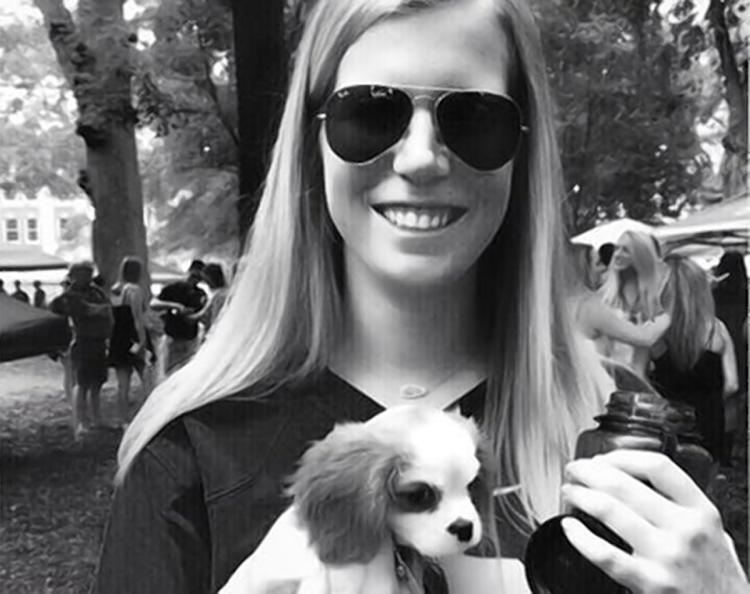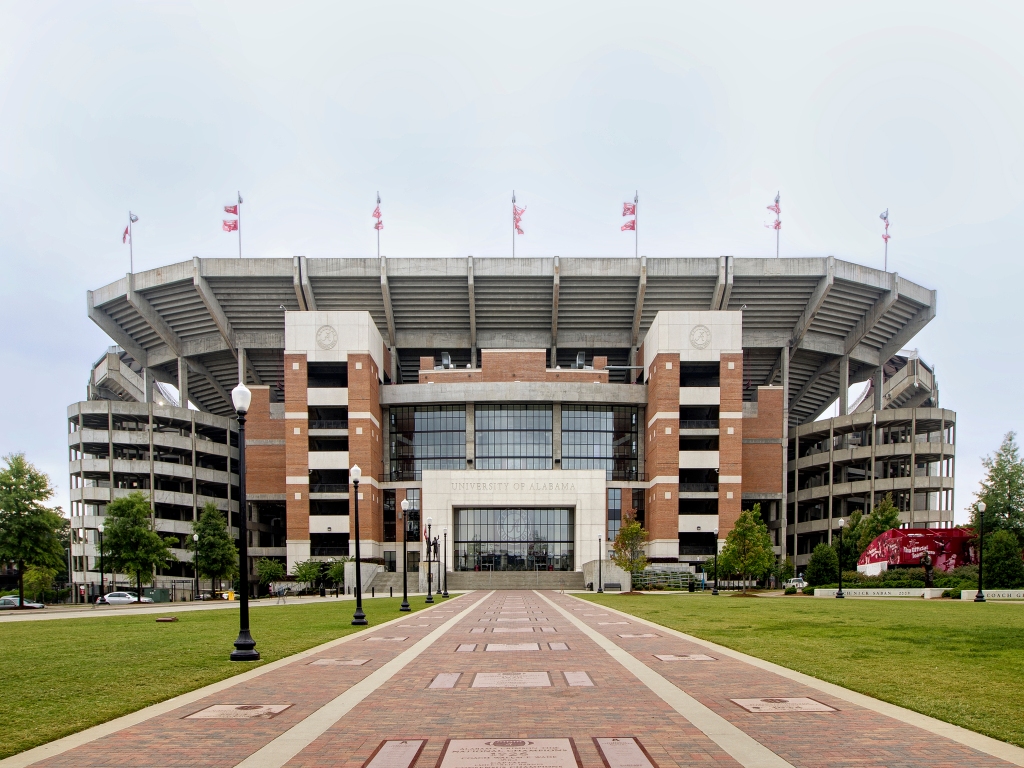
In a June 8th, 2022, Franklin Stove Blog (FSB) post “The end of truth-seeking in T-Town?,” it was announced that after ten years the FSB would publish its last post:
The Franklin Stove Blog was initiated in July, 2013, when its domain name “ttowntruthseeker.com was acquired. The first post was on August 8, 2013.
The Franklin Stove Blog first reported about the insanity of the 2013 municipal elections in T-Town, when University of Alabama students, who were bribed by the promise of free booze, rode to the polls in limousines to vote for a Machine supported candidate. Subsequent posts concerned under-aged drinking, the Covid pandemic, violence in T-Town and other issues. A blog about a sorority “Farm Party” during the Covid pandemic received the most attention. It was linked to in stories across the globe after it was referred to in a post in the Daily Beast by Olivia Messer “Alabama Sorority Gets Official Blessing for 600-Person Farm Party Just in Time for Holidays.”.
In one more year the Franklin Stove Blog will celebrate its tenth anniversary. It would seem appropriate that anniversary would be the right time to end the blog.
The song “The End” by the rock group The Doors contained lyrics that said:
This is the end, beautiful friend
This is the end, my only friend
The end of our elaborate plans
The end of everything that stands
This is the end, my only friend
The end
It hurts to set you free
But you’ll never follow me
In its last year the FSB continued its posts about T-Town and its sister city Northport. Actually the June 18, 2023 post “The More Things Change…The More they Remain The Same in Northport” was one of the most viewed in the ten year history of the FSB.
The story of Rose, the Spirit of the Crimson Tide, was the first “ghost writ” series published in the FSB.
Its first entry “My Home Away From Life” was prefaced by:
This installation of the Franklin Stove Blog is a departure from the usual format.
It’s fictional, based on accounts of actual events.
It might even be considered a ghost writ post.
This is a work of fiction. Any similarity to actual persons, living or dead, or actual events, is purely coincidental.
The June 29, 2023 FSB post “True Love & Ghosts” concluded Rose’s story. She remains in Bryant-Denny Stadium, with memories of her one true love, Estelle.
Rose’s habitation of the stadium began with the demolition of Tutwiler Hall on July 4, 2022. It seems fitting that the last FSB will be posted on July 4th as well.
In the last ten years T-Town has increasingly become more and more a one “elephant” town, with the continuing expansion of the University of Alabama. Many businesses would not exist without the University’s growth.
A FSB “T-Town: A One Elephant Town?”in 2019 described the impact of the University on T-Town:
People who live in Tuscaloosa are acutely aware of the importance of the University and the impact that it has on their daily lives. Tuscaloosa is a “one elephant town.” An elephant is the mascot of the University’s sports teams. The Crimson Tide’s football team perennially wins championships. When a football game is played in Tuscaloosa the town’s population often doubles in size. The University is a major employer and contributes greatly to Tuscaloosa’s cultural life.
Of course, there are complaints about the University, which largely center around the bad behavior of some of its students. A civic group Tuscaloosa Neighbors Together did a survey in 2012 of opinion about living with students. As Jason Morton reported in The Tuscaloosa News, there was an “overwhelming opposition to any kind of student housing within a neighborhood.” Many of the problems that citizens have had with students can be attributed to underaged drinking.
The Historic District in Tuscaloosa has been steadily encroached upon by the University’s student population as the University has grown in size. For over a decade there have been complaints about vandalism, home invasions and property damage by students. Kelly Fitts, president of the Original City Association, once opined in The Tuscaloosa News about the “undesirable late-night activity and crime perpetrated by intoxicated patrons” of drinking establishments that are located in close proximity to the Historic District.
The City of Tuscaloosa’s wants to create an “experience economy” through its Elevate initiative and the concomitant local sales tax increase.
The City of Tuscaloosa is trying to cope with the Tuscaloosa Police Department‘s lack of manpower. Hiring of new officers takes place in a highly competitive market, with the University itself offering better remuneration for police personnel.
Anyone following local news will have noticed the weekly shootings and homicides in T-Town.
In coping with the area called The Strip alone much of the police force’s strength has been diluted.
The Tuscaloosa News‘ Jasmine Hollie reported on the city council’s move this summer to establish a moratorium on new bars and gastropubs. She wrote:
The Tuscaloosa City Council on Tuesday approved a moratorium that suspends the approval of conditional use applications for bars, taverns and gastropubs through the end of the year.
Tuscaloosa Police Chief Brent Blankley pushed for the moratorium during the June 13 meeting, saying the pause would help his department cope with serious staffing shortages.
The Council seems to be inclined to override its moratorium whenever the latest and greatest idea emerges about a new watering hole.
Council member Lee Busby said, “The people in this city are going to let us know whether this is what they want, and want more of, or do they want more bars. They will let us know.”
Many people in T-Town feel that the needs of the few outweigh the many, when it comes down to anything involving University students though.
The University of Alabama boasted in 2018 that its presence “helped push Tuscaloosa’s population to more than 100,000 for the first time.”
The 2020 US Census count for Tuscaloosa said its population was 99,598. Jason Morton reported in The Tuscaloosa News that T-Town’s mayor Walt Maddox considered that to be an under count. Morton wrote:
“Going through this process validates our belief that there are thousands upon thousands – especially students – who were not counted in the Census,” Maddox said. “We have seen major apartment complexes that should have hundreds of students with only dozens of students … who participated in the census.
“And you can see student-driven areas of the city that should have thousands of people that should have been participating in the census and you have dozens, if not just hundreds of people participating.”
T-Town‘s economy is arguably driven by the University’s needs. Some of its “experience” economy includes watering holes that cater to students.
A 2018 FSB blog “Bar Codes” speculated on whether the business model of many bars includes serving underage drinkers.
Many of the minors who are admitted into bars in T-Town are University of Alabama students. The University, according to College Factual‘s The University of Alabama Student Age Diversity Breakdown, has 34.5% of its nearly forty thousand students in the 18-19 age group and 30.9% in the 20-21 age group.
Since the total enrollment in 2017 was 38,563, that means that over 24,000 students can’t be legally provided with alcohol. Many cannot even be admitted into bars.
Enforcement of the restrictions on alcohol service are complicated not only by the large numbers of students that frequent bars in the campus vicinity but by the common use of fake IDs.
Fake IDs were the subject matter of FSB’s 2017 post “A Tale of Two IDs”:
The use of fake IDs to obtain alcohol in Tuscaloosa is a commonplace practice. High tech IDs can cost hundreds of dollars. It is a law enforcement nightmare. Many people who can pay hundreds of dollars for a fake ID would not be deterred by such a fine.
The 2018 FSB post “Blackouts & The College Aged Brain” dealt with neurobiological research on the binge drinking and blackouts that are common for students.
In 2020 the FSB posted about problems associated with game day weekends in T-Town. “Saturday Nights In T-Town” included an image of police restraining an inebriated patron on The Strip.
A 2015 report in SB Nation by Steven Godfrey and Matt Brown said that “The Tuscaloosa Police Department spent $544,459.50 on overtime pay to police all seven Alabama home games in 2014.” Some of the expense, which should be far greater in 2020, doubtlessly is related to the activities on football weekends at campus bars.
If much of what has been posted on the FSB has seemed like a broken record, that is likely because some problems that have existed in the last ten years have been intractable. And many aspects of the problems have not been dealt with elsewhere.
As T-Town has grown, so have its problems. That’s to be expected of its infrastructure. But many problems are unique to its being a college town. No one would’ve anticipated the violence associated with the growth in numbers of college students. And, at the root of that violence, is a drinking problem. T-Town has a drinking problem that just won’t go away.










